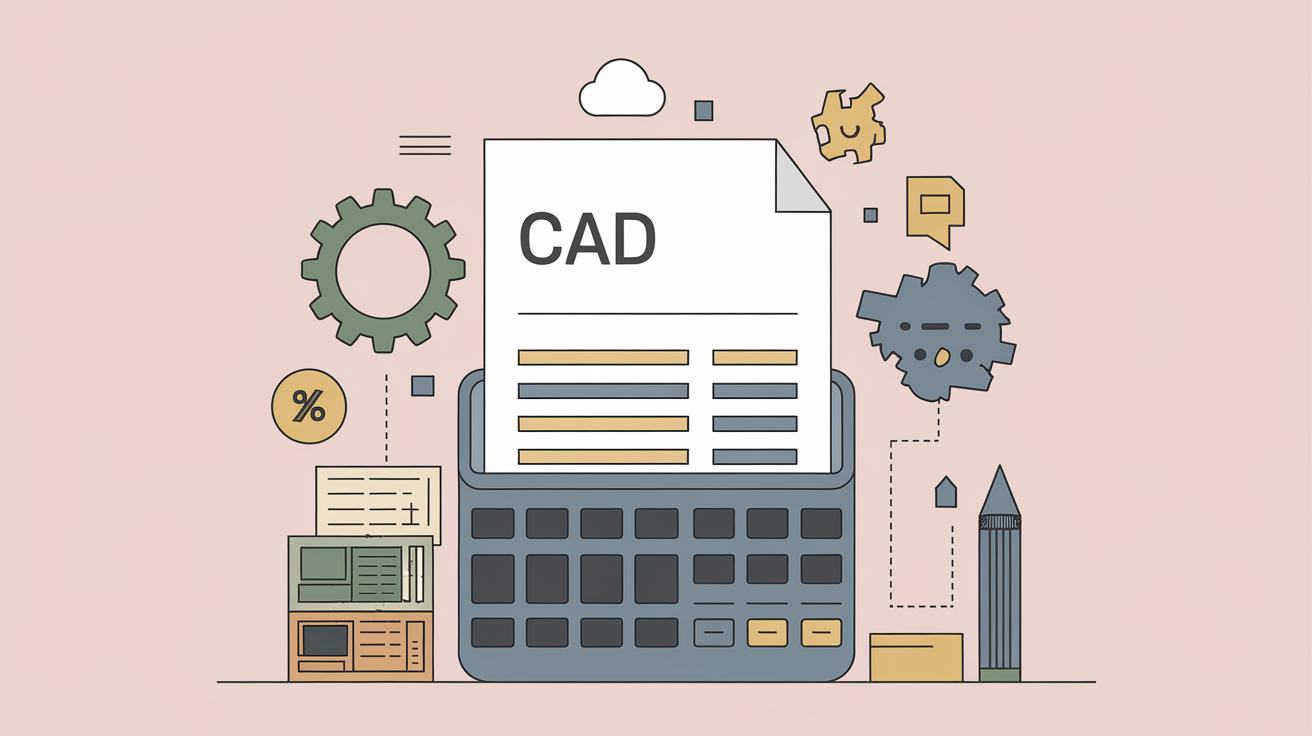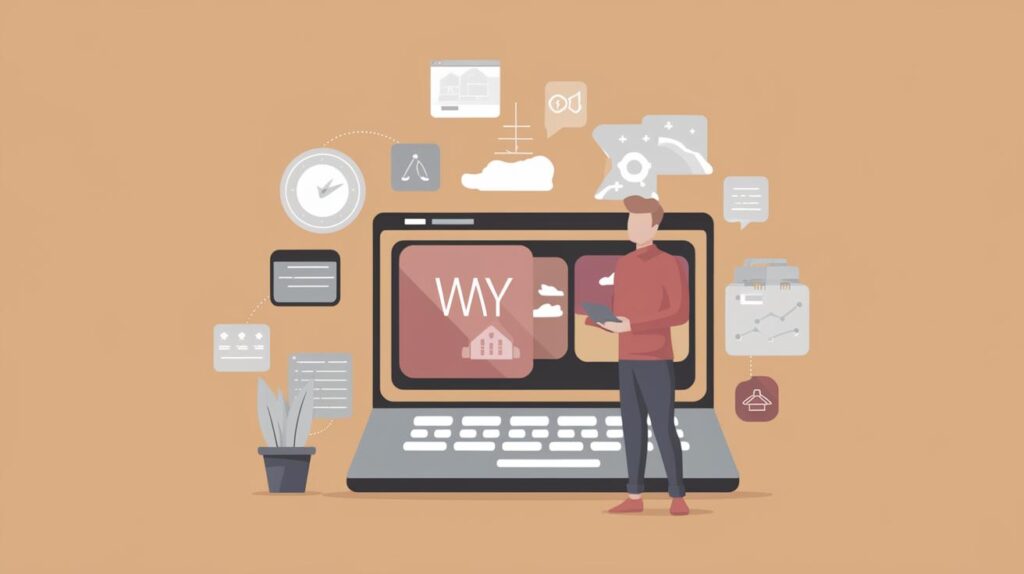Automating Invoice Processing: An In-Depth Guide
In today’s fast-paced business environment, automating invoice processing is becoming increasingly crucial for maintaining operational efficiency and accuracy. By replacing manual tasks with advanced technology, companies can significantly improve accuracy, reduce processing times, and diminish errors. This blog explores how automated invoice processing works, its key features, and the benefits it offers. We’ll dive into integrating such systems with existing business tools and address common challenges faced during its implementation. Whether you’re a small business owner or part of an accounting team in a large corporation, this guide aims to equip you with the knowledge needed to streamline this essential business process.
How does automated invoice processing work?
Automated invoice processing leverages machine learning, artificial intelligence, and optical character recognition (OCR) technologies to digitize and streamline the invoice lifecycle. From capture to payment, these systems automate the retrieval, validation, and management of invoice data. This not only ensures timely payments but also enhances the accuracy and compliance of financial records.
In a typical automated workflow, invoices, whether scanned paper copies or electronic formats like PDFs or emails, are first captured and converted into a standard digital format. The system then extracts and validates key data, such as invoice numbers, dates, and amounts, with pre-set business rules. Any discrepancies trigger an exception process for review. Once validated, invoices proceed through approval workflows, after which they are logged as paid in the financial system.
Features of an effective automated invoice processing system
Data capture
Robust data capture is fundamental to an effective automated invoice processing system. Utilizing OCR and intelligent data capture technologies, the system efficiently extracts information from both handwritten and printed invoices. Advanced systems can process multiple invoice formats, handling variations in layouts and languages, which is crucial for businesses dealing with international suppliers.
Automation ensures high accuracy levels during data capture, minimizing manual entry errors and ensuring a seamless flow of information into subsequent processing stages. This immediate translation of paper invoices into digital data also facilitates real-time tracking and monitoring, enhancing visibility into the accounts payable process.
Data validation and matching
Once the data is captured, it moves into the validation phase. During this stage, the system automatically cross-references the extracted data against existing purchase orders and contracts to verify its accuracy. This comparison ensures the invoices reflect genuine business transactions and meet pre-established criteria for approval.
Effective systems employ AI to continually refine their matching algorithms, reducing false mismatches and enhancing speed. By resolving discrepancies before they progress, businesses can avoid payment errors and potential disputes, safeguarding financial compliance and relationships with vendors.
Approval workflows
Approval workflows in automation systems are designed to simplify and accelerate the decision-making process that typically slows down invoice processing. Customizable according to organizational needs, these workflows automatically route invoices through the necessary checkpoints for approval.
The use of automated notifications ensures that approvers are alerted promptly, reducing bottlenecks and expediting processing times. Additionally, these workflows leave an audit trail that is invaluable for future reference, compliance verification, and audit preparedness.
Integration
Integration with existing accounting and ERP systems is a standout feature of an effective automated invoice processing solution. This ensures that data flows seamlessly from the invoice processing system to other business systems like inventory and payroll, creating a holistic financial overview.
Such integration reduces data silos, enhances inter-departmental communication, and supports cohesive financial reporting. With real-time data exchange, organizations can quickly adapt to market changes, adjust forecasts, and make informed business decisions.
Advantages of implementing automated invoice processing
Implementing automated invoice processing yields multiple advantages, primarily boosting efficiency and reducing costs. By minimizing human intervention, businesses can significantly cut down on processing times and labor costs, reallocating resources to higher-value activities.
Accuracy is another significant benefit. Automated systems reduce the risk of human error, ensuring that data entered into financial systems is precise and reliable, thus enhancing financial analysis and reporting capabilities. Furthermore, a streamlined process improves supplier relationships by ensuring timely payments and fostering trust.
How to integrate automated invoice processing with other business systems
Integrating automated invoice processing with other business systems involves several key steps. First and foremost, it’s important to assess the existing IT infrastructure to identify compatibility requirements and integration points. A well-mapped integration strategy considers both technical and operational aspects to ensure seamless connection to systems such as ERP, CRM, and payroll.
Choosing a solution that offers Open API capabilities facilitates easier integration with various platforms. It’s also beneficial to involve cross-functional teams during this process to understand the diverse needs and workflows that touch the invoice processing lifecycle. Once implemented, comprehensive testing, combined with end-user training, ensures smooth transitions and maximized benefits.
Common challenges in automated invoice processing—and how to solve them
Data extraction and accuracy
One of the primary challenges in automated invoice processing lies in the accuracy of data extraction. Differences in invoice formats and handwritten content can lead to data discrepancies. To address this, investing in advanced OCR and AI technologies that learn and improve over time is crucial.
Regular updates and maintenance of the processing algorithms lead to improved data extraction accuracy and the ability to handle a broader range of invoice templates, thus minimizing errors and enhancing system reliability.
Integration
Integrating existing systems with new automated solutions can pose scalability and compatibility challenges. To overcome these, selecting a solution that aligns with your current IT infrastructure and offers robust integration capabilities is essential.
Partnership with experienced vendors who understand your industry and technical ecosystem can simplify integration processes. Additionally, ensuring ongoing IT support facilitates continuous optimization and troubleshooting of integration processes.
Change management and user adoption
Change management and achieving user adoption are hurdles that can affect the success of automated invoice systems. Employees may resist change due to fear of the unknown or perceived job threats. Therefore, a transparent communication strategy is vital.
Offering training sessions and continuous support boosts confidence and ensures a smoother transition. Demonstrating tangible benefits, such as reduced workload and improved accuracy, can help encourage stakeholders to embrace the new system whole-heartedly.
Exception handling and complex invoices
Complex invoices with varied structures can pose a significant challenge to automation. An effective way to manage this is by designing a robust exception handling process for those invoices that deviate from standard formats.
By incorporating AI-driven learning capabilities, the system can gradually become more adept at understanding and processing non-standard invoices with higher accuracy. Constant evolution and monitoring of exception handling processes ensure continued improvements and adaptability.
Data security and compliance
As with any technological system handling sensitive information, data security and regulatory compliance are paramount in automated invoice processing. There is always a risk associated with storing and transmitting financial data electronically.
Implementing strong encryption methods, conducting regular security audits, and ensuring compliance with regulations like GDPR is essential. A proactive approach to data protection safeguards sensitive information and maintains trust with stakeholders and clients alike.
Summary of main points
| Aspect | Details |
|---|---|
| Automated Invoice Processing Functionality | Leverages technologies like OCR to automate data capture, validation, and approval workflows. |
| Key Features | Data capture, validation and matching, approval workflows, integration with existing systems. |
| Benefits | Increased efficiency, accuracy, cost savings, and improved supplier relationships. |
| Integration Strategy | Assess IT infrastructure, use solutions with Open APIs, involve cross-functional teams. |
| Common Challenges | Data extraction accuracy, integration hurdles, user adoption, exception handling, data security. |
| Solutions | Adopt advanced technologies, partner with vendors, offer training, design exception processes, ensure strong encryption and compliance. |


